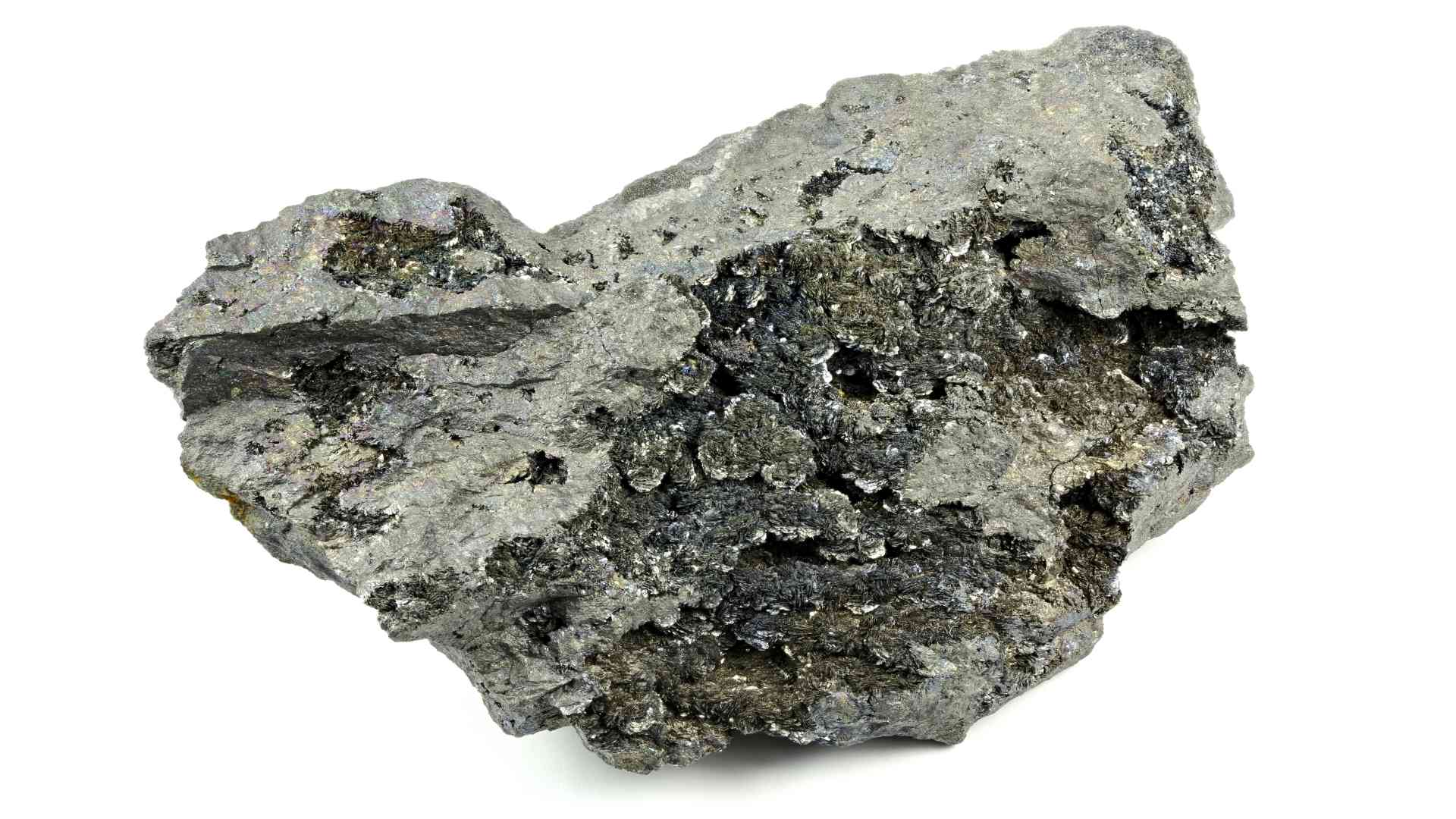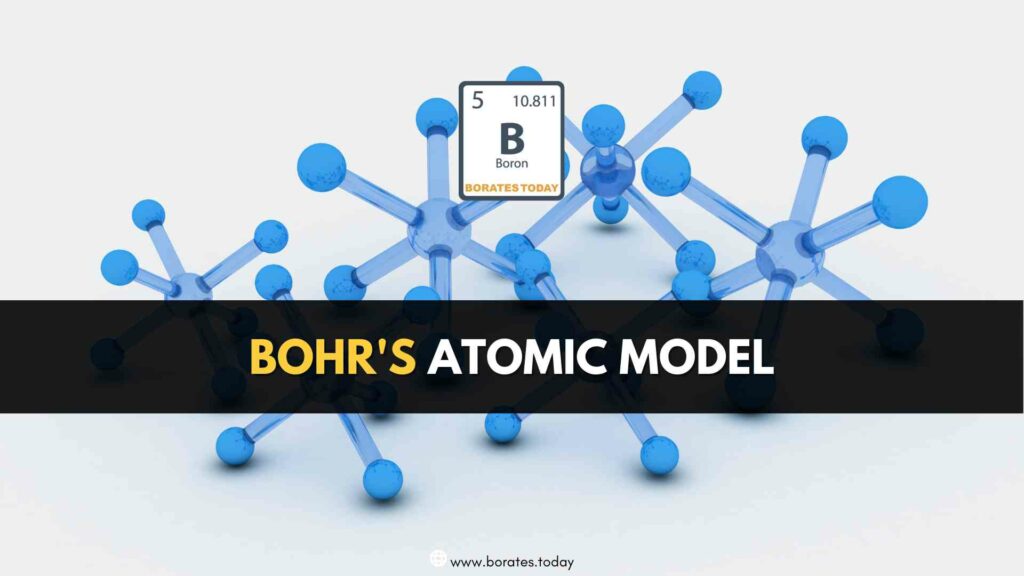Boron Arsenide: Thermal Conductive Material
Cubic Boron Arsenide (BAs) is a semiconductor material with the highest thermal conductivity. It has great potential for use in cooling electronic components having excellent electronic, optical, thermoelectric, and thermodynamic properties.

Boron Arsenide: Thermal Conductive Material
Boron Arsenide Rivals Diamonds As The Best Thermal Conductor
Physicists from Boston College and the Naval Research Laboratory were surprised to learn that a chemical compound including boron and arsenic may rival diamonds as the most well-known thermal conductor. The team was further surprised to learn the ability of boron arsenide to transmit heat.
Removing heat generated by smaller, quicker, and more powerful microelectronic devices is a challenging task. When good thermal conductors are placed in contact with such devices, heat is quickly channelled away from undesired “hot spots,” which reduces the efficiency of the devices and perhaps causes them to fail.
Diamond is the most valuable gemstone. However, diamond has many other compelling features aside from its brilliance and beauty in jewellery. Diamond, along with its carbon cousins graphite and graphene, is the best thermal conductor at room temperature, with thermal conductivity of almost 2,000 watts per metre per Kelvin, five times that of other metals like copper.
Diamond is commonly used for removing heat from computer chips and other electronic devices. Unfortunately, diamonds are rare and expensive, and producing high-quality synthetic diamonds is costly and complex. This has prompted a hunt for novel materials with ultra-high thermal conductivities, but there has been little progress in recent years.
According to co-author David Broido, a physics professor at Boston College, the high heat conductivity of diamonds is due to the lightness of the constituent carbon atoms and the strong chemical bonds between them. On the other hand, boron arsenide was not assumed to be a perfect thermal conductor, and its thermal conductivity was expected to be 10 times lower than diamond using conventional evaluation criteria.
Boron Arsenide Has Similar Thermal Conductivity Performance As Diamond
Researchers predict that boron arsenide has theoretical thermal conduction of 2200 W/m/K, the highest ever achieved by any compound. However, high-quality materials are required to achieve such a high value since defects and impurities drastically degrade thermal properties.
In 2015, Dr. Lv and colleagues, then working at the University of Houston, made boron arsenide crystals, but the material only had an actual thermal conductivity of 200W/m/K.
Researchers have now developed an improved method to grow the crystals to increase the thermal conductivity. This involves placing boron and arsenic inside a chamber containing hot and cool regions and transporting them from the hot region to the cooler region through different chemicals.
Heat travels through crystals much faster than sound waves. Scientists used Time Domain Thermoreflectance (TDTR) to measure the heat transfer rate, which measures how fast heat flows through a material. This shows us how efficient heat flows in different materials.
Hu and colleagues made large BAs single crystals with very low defect density. Using the TDTR technique, they were able to measure their thermal conductivity. Combined with atomistic calculations, they found that the phonon vibration spectra of BAs allow for “long phonon mean free paths and strong high-order anharmonicities through a four-phonon process”.
Boron Arsenide: A New Diamond Substitute
Boron Arsenide is then an amazing new alternative to diamond. It is the first known semiconductor with a bandgap equivalent to silicon of nearly 1.5 eV to have ultrahigh thermal conductivity, and it could be excellent thermal management material.
“There is also a close match between the thermal expansion coefficients of BAs and silicon. When combining it into traditional semiconducting devices, this is a non-negligible advantage for decreasing thermal stresses and eliminating the demand for thermal interface materials,” explains Lv.
What Makes Boron Arsenide a Novel Material?
BAs have the highest thermal conductivity among other semiconductors and metals, – more than three times the current commercial standard for high thermal conductivity materials (copper or silicon carbide).
Furthermore, BAs’ semiconducting nature provides compatible properties and advantages in device manufacturing and integration, as demonstrated in our recent studies for cooling wide-bandgap high-power electronics.
How Much Can Boron Arsenide Lower the Temperature of a Device?
The thermal management efficiency of BAs surpasses state-of-the-art techniques, such as cooling substrates made of diamond or silicon carbide. The device’s hot spot temperature is lower for the same transistor operation power.
Experiments reveal that operable AlGaN/GaN high-electron-mobility semiconductor devices (HEMTs) using boron arsenide as a heat spreader have significantly reduced hot-spot temperature rise of 60 °C, compared to 110 °C and 140°C for diamond and SiC devices, respectively.
BAs devices can also withstand far more operation power than other standard thermal-management technologies, allowing us to expand the performance envelope for high-power and high-frequency devices.
Properties of Boron Arsenide
| Boron Arsenide | Properties |
|---|---|
| Compound Formula | AsB |
| Molecular Weight | 85.74 g/mol |
| Appearance | Cystalline |
| Melting Point | 2076°C |
| Boiling Point | N/A |
| Thermal Conductivity | 1300 W/mK at 300 K. |
| Crystal Phase | Cubic |
| Lattice Constant | 0.4777 nm |
| Band Gap | 1.82 eV |
| Optical Refractive Index | 3.29 at wavelength 657 nm |
| Elastic Modulus | 326 GPa |
| Thermal Expansion Coefficient | 3.85 × 10^−6/K |
Source: https://en.wikipedia.org/wiki/Boron_arsenide
Boron SubArsenide
Boron arsenide also exists as sub arsenides along with the icosahedral boride B12As2. It has a rhombohedral structure based on boron atom clusters and two-atom As–As chains and belongs to the R3m space group. It’s a 3.47 eV wide-bandgap semiconductor with an amazing ability to “self-heal” radiation damage. This type can be produced on silicon carbide substrates.
Applications of Boron Arsenide
Boron Arsenide is a chemical compound of boron and arsenide that is widely used in electronics thermal management. It is also used in solar cells, space electronics and radiation-hardened circuits.
The integration of gallium nitride transistors into GaN-BAs heterostructures has been demonstrated experimentally and proves better performance than GaN HEMT devices on silicon carbide or diamond substrates. BAs composites were developed as thermal interfaces that are highly conductive and flexible.
According to first-principles calculations, cubic BAs have a thermal conductivity of 2,200 W/(mK) at room temperature, equivalent to diamond and graphite.
Due to the high-density defects, subsequent measurements showed a just 190 W/(mK) value. Thermodynamic conductivity of 1400 W/(mK) is predicted by more recent first-principles calculations that include four-phonon scattering.
Later, defect-free boron arsenide crystals with an ultrahigh thermal conductivity of 1300 W/(mK) were experimentally produced and measured, validating theory predictions. Crystals with low defect density show thermal conductivity of 900–1000 W/(mK).





